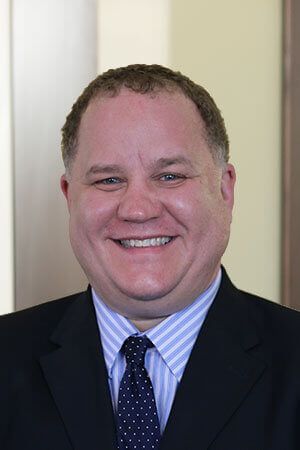I remember the case well. My client assured all of us in the hearing room that if we searched for his “professional” name on YouTube, we would find numerous videos of his appearances in ECW, WWE, and other professional wrestling associations. I watched in amusement as the jobs expert attempted to classify his work in the national economy before she finally stumbled onto “Entertainer.”
This was not your typical disability case and I have been privileged to only represent this one professional wrestler. However, my client wasn’t some 6’4” 280 pound monster of a man. He was about 4’6” and had appeared in as a wrestler in matches all over the country for several years. Now, only in his lower 40’s, he was paying for those experiences. He was in daily pain from the after effects of fractures and arthritis.
I won that case.
Sadly, time has taught me his experience is not that unique for the men, women, and children who suffer from Achondroplasia, which causes upwards of 70% of cases of what lay people call “Dwarfism.” People with Achondroplasia have a genetic condition where the body does not turn cartilage into bone. Thus, bones are shortened and growth halted. Multiple problems can occur for such a person, especially as he/she ages: narrowing of the spine, compression of the neck, various curvatures of the spine. Because of the disease, the body may have trouble healing broken bones.
Social Security has no dedicated listing for Achondroplasia, but people suffering from the side effects of it can be disabled by pain and lack of functioning in the joints. Additionally, for children with growth problems, SSA does have rules which apply to a “failure to grow.”
If you need an accomplished team of attorneys and a dedicated staff to help your claim for benefits for Achondroplasia, give us a call at Keller & Keller. As you can tell, we are familiar with these cases.
You don’t even have to be a You Tube star to call.

